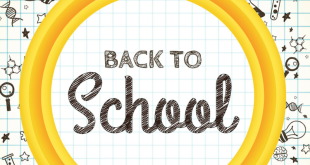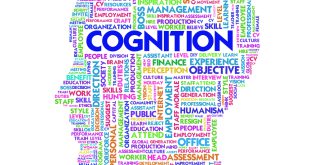The world is full of differences; different cultures, histories, geographies, and lifestyles. Educational systems around the world vary greatly too. It is hard to imagine how different other people’s’ lives are, and we try to bring the educational community together. In this series of articles, we give an overview of the most unique educational systems of different countries.
The first educational system we will review is the Japanese. Ranked among the best in the world, education in Japan is quite remarkable. This is an overview on how a different exams system, intensive after school workshops, and cultural education make up one of the most unique educational systems.
Get started Skolera for FREE
Table of Contents
Structure
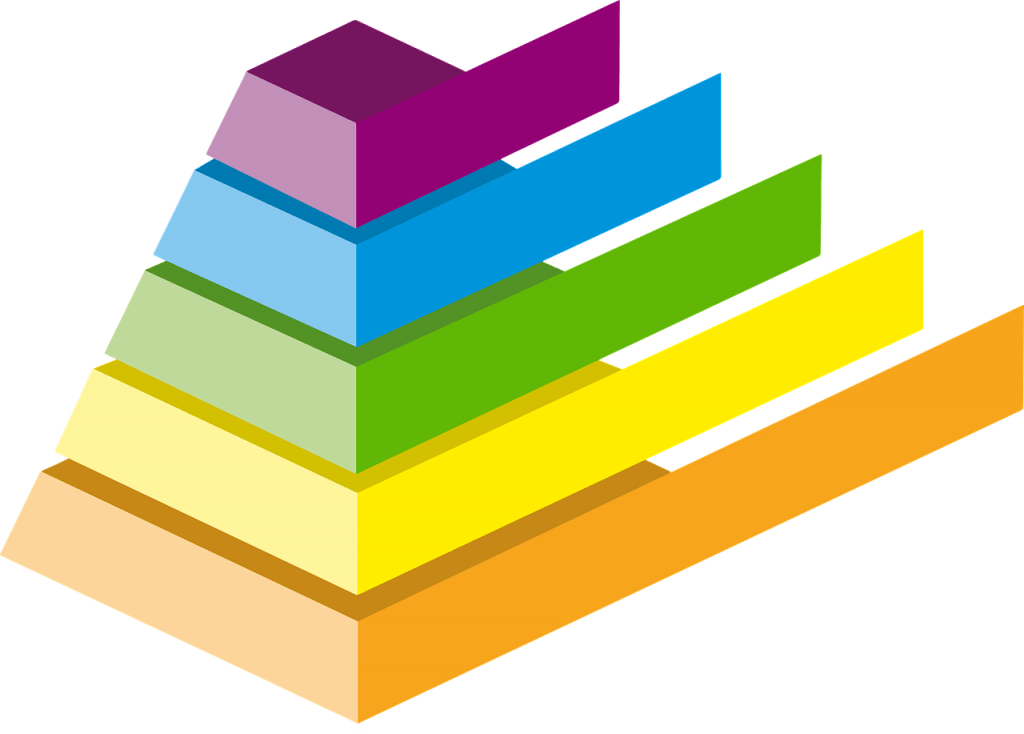
The school education in Japan consists of three stages: primary, middle, and secondary. While primary stages take 6 years (from ages 6 to 12), then each of the later stages last for 3 years.
Primary and middle school stages are both free and compulsory, but then secondary stage and university degrees are optional and need to be paid for. However, more than 99% of middle schoolers enroll in secondary school.
In Japan, compulsory school dominate the lives of students, as they operate sometimes more than 240 days per year. They have about 40 days off in summer and another 10 days in winter. Moreover, while schools are supposedly only 5 days a week, most schools offer extra classes on Saturdays.
Exams

As much as it may be pressuring, the Japanese educational system doesn’t put as much pressure on the younger ones. In fact, children under the age of 10 (4th grade) do not take any exams. Moreover, students cannot fail any of the exams until they reach secondary school entrance exam. Meaning, whatever their grade is, students will transfer to the next grade. That is, until they are done with middle school. At the end of middle school, they take the first exam that matters: the one that qualifies them to secondary school.
After-school Workshops (Juku)
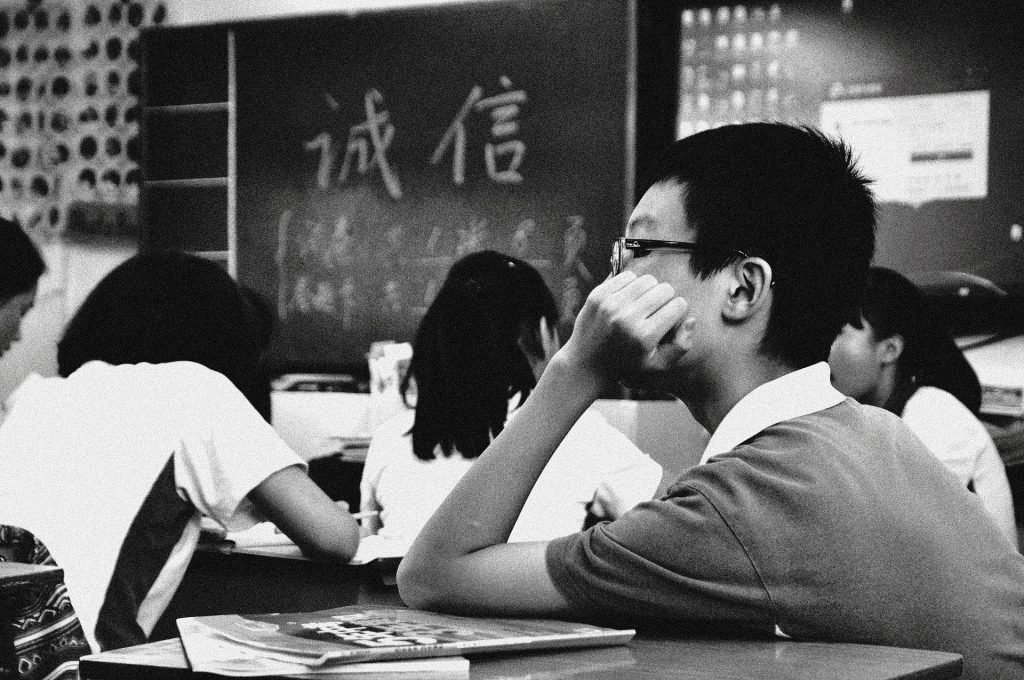
When children finish their classes in school, they are not considered done with education for the day. Most parents enroll their children in after-school tutoring school, or ‘juku’. Jukus are mostly private and are not free. They operate on evenings, weekends, and school vacations. For younger children, juku is usually non-academic. It is where they take music, art, and sports classes.
However, for middle and secondary, juku provide intensive training and work to help them perform better in their regular schoolwork. Those courses usually focus on secondary and university entrance exams, which are the hardest tests students have to take and are considered to decide their future.
Stress

Japanese lifestyle generally, and education in Japan specifically, are known for being one of the most stressful in the world. The students’ future salary, lifestyle, and social status largely depend on which university they enroll in, and each university requires a certain score in the university entrance exams.
Preparation for this exam involves a lot of school work and long hours of juku. This period becomes so stressful that the exam is nicknamed “hell test”. Students sometimes spend too many hours studying that they end up sleeping in class. This has become a common recurrence that some teachers leave the students sleeping.
Join Skolera Now for FREE
Community
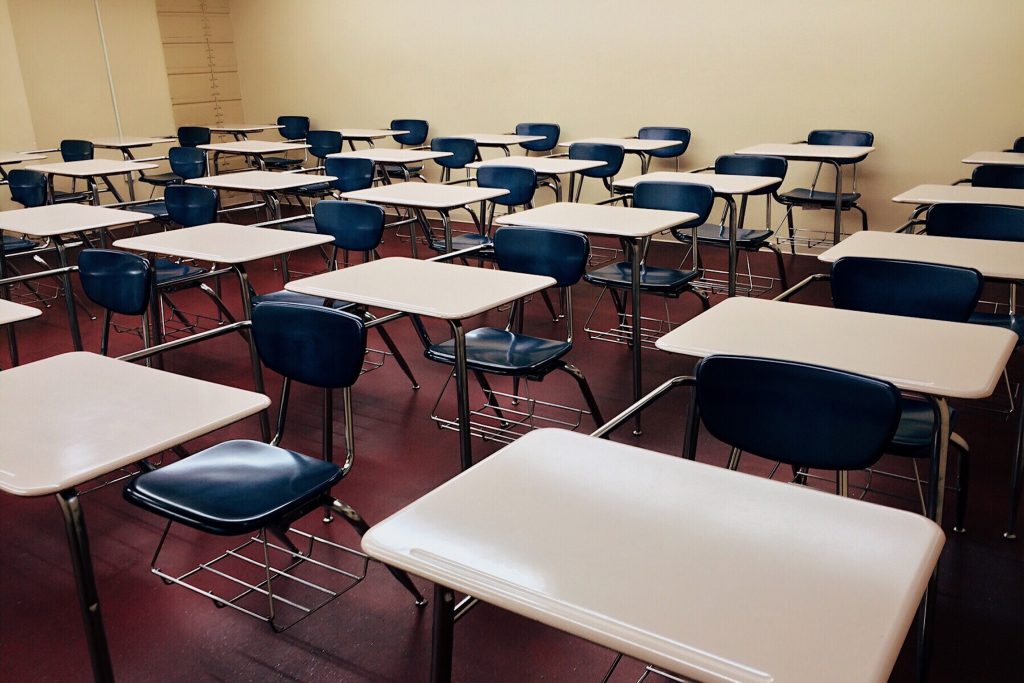
The school education in Japan is structured to grow and maintain a sense of community and decrease individualistic behaviors. For example, in most schools, students are required to wear a uniform which includes the shoes and school bag they wear.
They are also required to eat similar lunch meals. Even if students will bring their own food to school, it should comply with certain rules that make sure all students are eating similar meals. Additionally, they are required to eat those meals in class with their classmates.
In most schools, members of that school are responsible for keeping it organized and clean. They are also responsible for cooking and serving food. Small groups of students and teachers are assigned tasks that rotate throughout the year. This system is believed to teach students to be responsible for their community and work in a team.
Culture
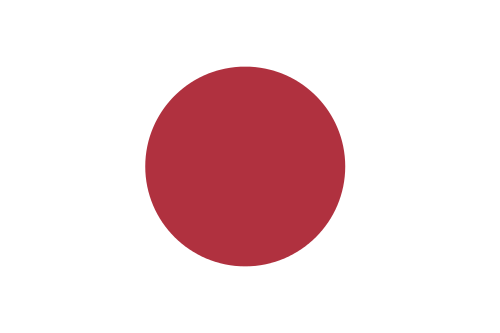
Education in Japan doesn’t only focus on academic subjects, but it also focuses teaching children manners and traditions.
In the first 3 years of primary school, education is focused on learning manners and character development. They make children discuss and learn concepts like respect, justice, generosity, and self-control.
School students also learn Japanese traditions, like Shodo, which is a Japanese calligraphy that involves using bamboo as a brush. Moreover, they learn a traditional Japanese form of poetry called Haiku. Through these classes, children learn their old traditions and cultures and have a deep sense of where they come from.
Technology

While the Japanese educational system has made its way at the top, specialists believe that it needs technology and renovation to keep its place. Advanced technology has not yet made its way into every classroom in Japan, as the educational system is quite traditional. However, a lot of Japanese EdTech startups are on the rise.
The technological advancement of the country itself has made it possible to adopt AI technologies in EdTech. Seeing how advanced and developed the country is, we are sure that Japan will integrate technology into its educational system soon enough.
Each educational system has its advantages. Check our blog regularly to follow the best educational practices around the world. You can also check out Skolera LMS to learn more about how it can help your educational institution.
Create Free Account Skolera LMS Blog Educational Technology Articles and News
Skolera LMS Blog Educational Technology Articles and News

